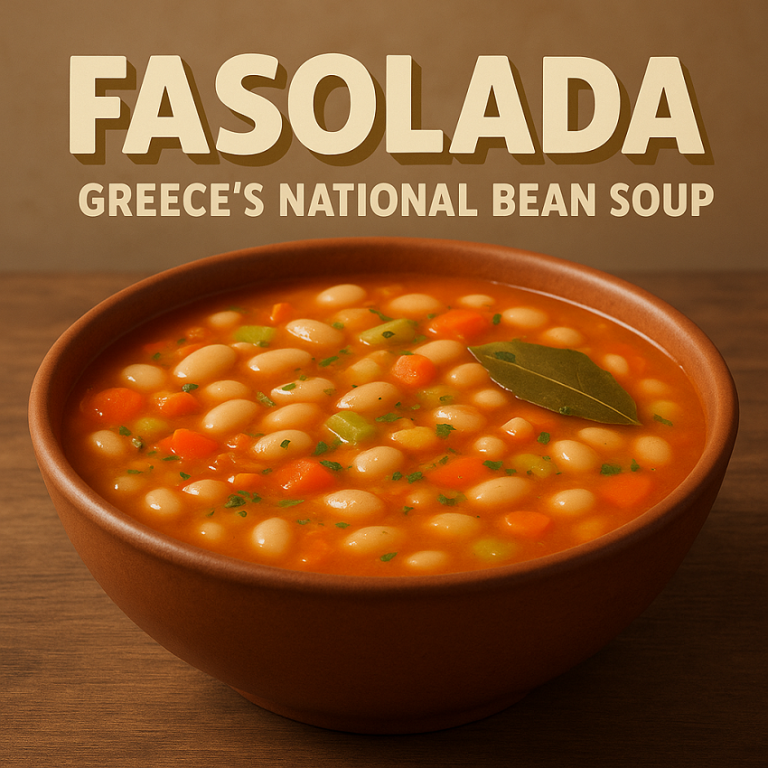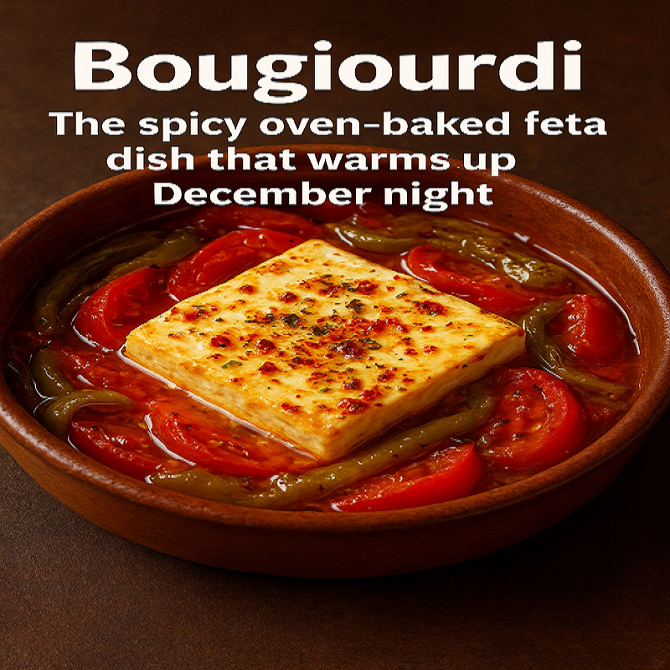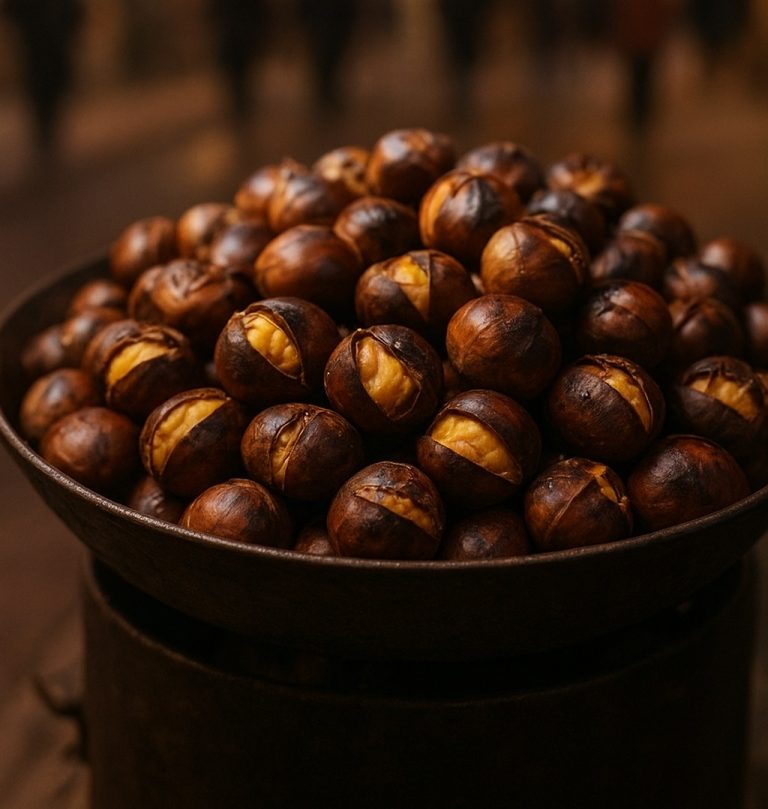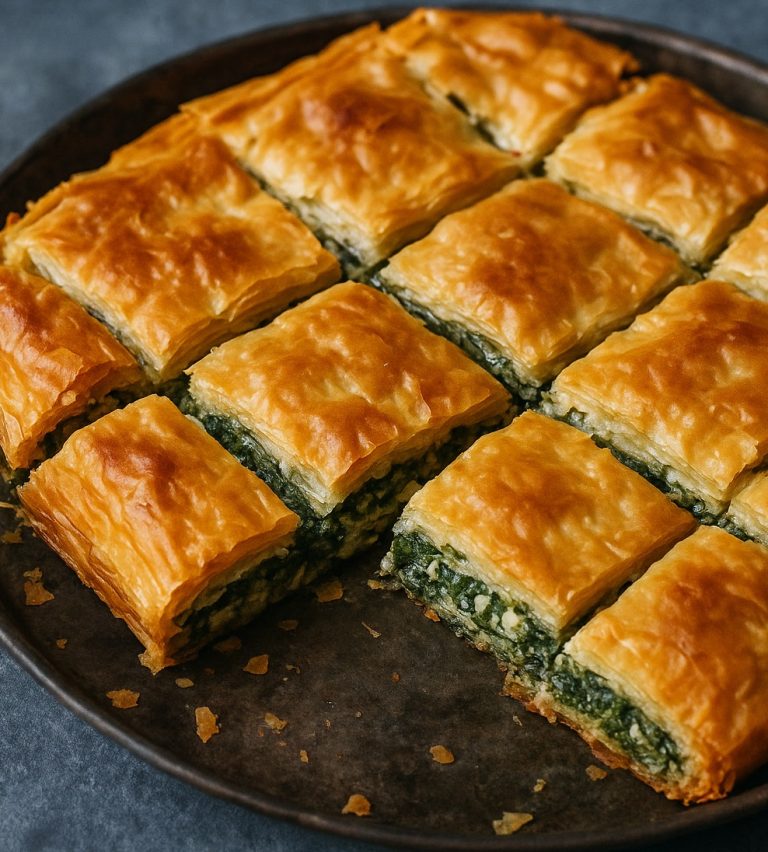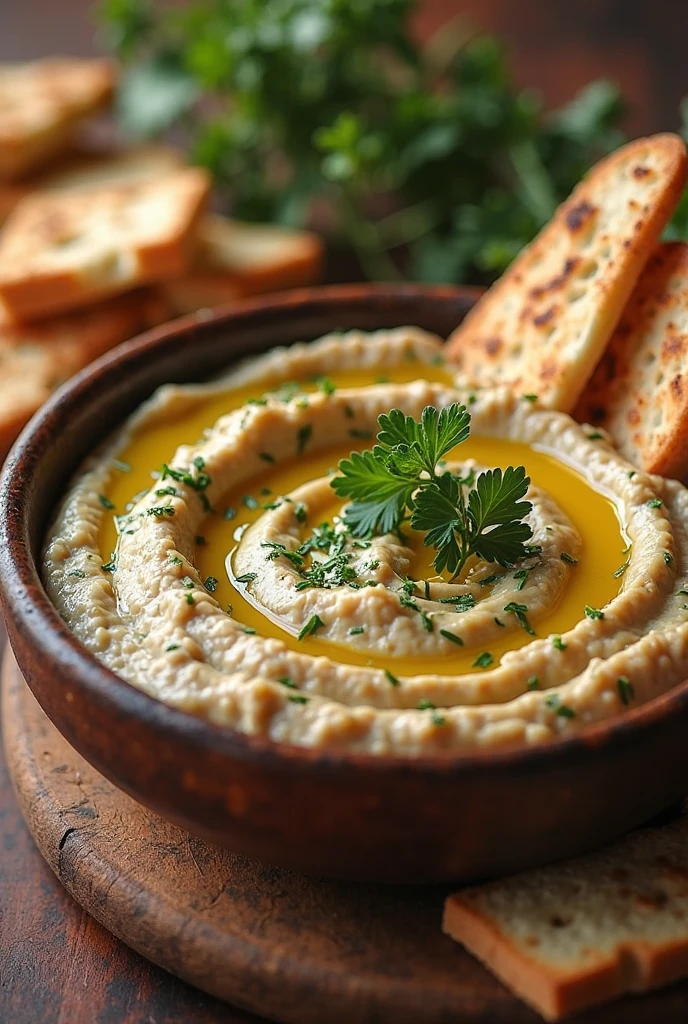
Introduction
Baba Ganoush is a beloved dip that traces its roots to the Middle East, where it has been cherished for generations. Its creamy, smoky profile makes it a popular choice for gatherings, parties, and casual meals alike. In Greek cuisine, Baba Ganoush takes on a unique character, incorporating traditional ingredients and flavors that enhance its appeal. This delightful spread marries the earthiness of roasted eggplant with the richness of tahini and Greek yogurt, creating a dish that is both satisfying and versatile.
Key Ingredients
The magic of Greek Baba Ganoush lies in its simple yet flavorful ingredients. Here’s a closer look at what goes into this delicious dip:
- Eggplant: The star of the dish, eggplant is roasted to achieve a soft, smoky texture. The charred skin adds depth to the flavor, making it essential in the preparation.
- Tahini: This ground sesame paste is a staple in many Middle Eastern dishes. It provides creaminess and a nutty flavor that complements the eggplant beautifully.
- Garlic: Fresh garlic adds a punch of flavor that elevates the entire dish. Its aromatic qualities and health benefits make it a must-have ingredient.
- Lemon Juice: The acidity of lemon juice brightens the dip and balances the richness of the tahini and yogurt, offering a refreshing contrast.
- Olive Oil: A drizzle of high-quality extra virgin olive oil enhances the flavor and adds a silky texture, making the dip more luxurious.
- Greek Yogurt: This ingredient brings an additional layer of creaminess, along with a slight tang that enhances the overall taste.
- Salt and Pepper: Essential for seasoning, these simple ingredients help to bring out the flavors of the other components.
- Fresh Herbs: Typically, parsley or dill is used for garnish, adding a touch of color and a burst of freshness.
The Cooking Process
Creating Greek Baba Ganoush is a straightforward process that involves a few key steps:
- Roasting the Eggplant:
- Begin by preheating your oven to 400°F (200°C).
- Carefully pierce the eggplant several times with a fork to prevent it from bursting during roasting.
- Place the eggplant on a baking sheet and roast it for about 30-40 minutes, or until the skin is charred and the flesh is very soft. For an even smokier flavor, you can roast the eggplant over an open flame on a grill or stovetop.
- Scooping and Blending:
- Once the eggplant is cool enough to handle, scoop the roasted flesh into a mixing bowl, discarding the skin.
- Add tahini, garlic, lemon juice, olive oil, and Greek yogurt to the bowl.
- Use a food processor or blender to mix the ingredients until smooth. You can adjust the consistency by adding more olive oil or yogurt based on your preference—some people like it creamier, while others prefer a chunkier texture.
- Seasoning:
- Taste the mixture and season with salt and pepper as needed. This is also the time to adjust the levels of garlic and lemon juice to suit your taste.
- Garnishing and Serving:
- Transfer the Baba Ganoush to a serving bowl. Drizzle some extra olive oil on top and sprinkle with chopped fresh herbs for garnish. This not only adds flavor but also makes for an attractive presentation.
Nutritional Benefits
Greek Baba Ganoush is not just delicious; it’s also packed with nutritional benefits. Here are a few reasons why this dip can be a healthy addition to your diet:
- Low in Calories: Eggplant is low in calories, making it a great option for those looking to maintain or lose weight. It is also high in dietary fiber, which promotes digestive health.
- Healthy Fats: The tahini and olive oil provide healthy fats that are essential for heart health. These fats can help lower bad cholesterol levels and offer a source of sustained energy.
- Rich in Nutrients: Eggplants are a good source of vitamins and minerals, including vitamins C and K, potassium, and antioxidants. Garlic is known for its immune-boosting properties, while lemon juice is rich in vitamin C.
- Versatile and Satisfying: Baba Ganoush is a great way to incorporate more vegetables into your diet. It can be enjoyed as a dip, spread, or even a sandwich filling, making it a versatile option for various meals.
Cultural Significance
In Greek culture, food is often a central part of social gatherings. Baba Ganoush is frequently served as part of a mezze platter, which includes a variety of small dishes such as olives, feta cheese, dolmas (stuffed grape leaves), and grilled meats. This style of dining promotes sharing and enjoying food together, creating a warm and inviting atmosphere. Baba Ganoush’s role in these gatherings highlights the importance of hospitality and community in Greek traditions.
Variations
While the classic Greek Baba Ganoush is delightful on its own, there are several variations you can try to customize the dish to your liking:
- Spicy Version: For those who enjoy a bit of heat, consider adding red pepper flakes, chopped chili peppers, or a dash of hot sauce to the mix.
- Smoky Flavor Boost: If you want to enhance the smoky flavor even further, incorporating smoked paprika or a touch of liquid smoke can add depth.
- Vegetable Additions: Experiment with blending in other roasted vegetables, such as roasted red peppers or sun-dried tomatoes, for a unique twist.
- Herb Variations: While parsley is common, you can also try incorporating other fresh herbs like cilantro or mint for a different flavor profile.
Conclusion
Greek Baba Ganoush is a delightful adaptation of the traditional Middle Eastern dip, combining the smoky richness of roasted eggplant with the creaminess of Greek yogurt and tahini. Its vibrant flavors and simple preparation make it a perfect addition to any gathering, whether as a dip, spread, or component of a mezze platter. By incorporating fresh ingredients and customizable variations, this dish can cater to various tastes and preferences. Next time you’re looking for a crowd-pleaser or a healthy snack, consider serving Greek Baba Ganoush—it’s sure to impress and satisfy everyone at the table.
